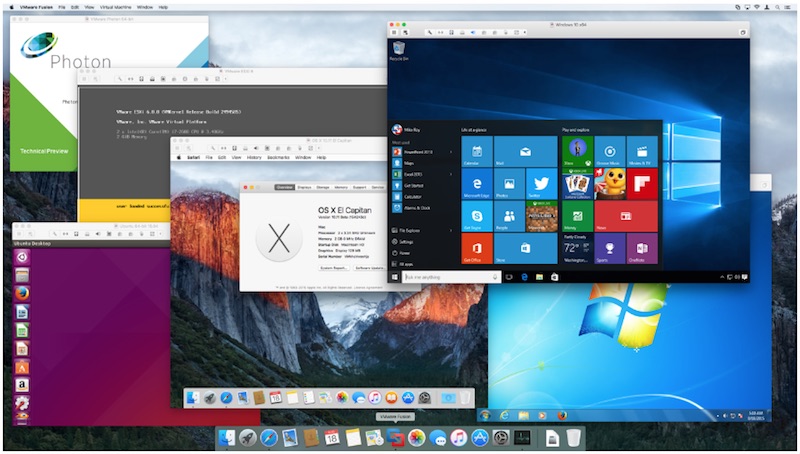
This week I'm going to do the first live preview of upcoming version of RAD Studio 10.2 Tokyo in Prague. One of the most anticipated new features is the support for Linux server-side development in Delphi. In this blog post I'm going to document the steps to install Ubuntu 16.04.2 LTS Server into the VMWare Fusion virtual machine running on my Mac. Already described the process of installing Ubuntu and Red Hat Enterprise distributions into an Oracle's VirtualBox.

In this post I'm going to focus in Ubuntu and use VMWare that is a different virtualisation technology. Let's get started! I'm assuming that you already have the latest version of VMWare Fusion installed on your Mac. Download and installing Ubuntu The first thing is to download the ISO image of the correct version of Ubuntu. You can find ISO download links on. The correct version to download is Ubuntu 16.04.2 LTS Server.
It is quite a big file, about 870 MB, so it can take a few minutes to download. Start VMWare Fusion and 'New' from the main 'File' menu. In the dialog box click on the 'Install from disc or image' option. Browse to the ISO image file that you have downloaded and click on 'Continue'. In the next screen of the wizard make sure to check 'Use Easy Install' option.
Install Ubuntu 16.04 Windows Mac In Vmware Fusion 10 For Mac Download
Here you will need to enter user details of the default user that will be created by setup. You can optionally check the option to share the home folder on your physical machine to accessible to the virtual machine. On the 'Finish' screen you can review virtual machine settings and when you click 'Continue' the machine will start executing. You will have to select location on your drive where you want to save your new virtual machine file. The whole installation takes just few minutes and the easy install chooses all options for you.
When the installation is complete the installer restarts the virtual machine and the login screen is shown. Enter the username and password that was chosen at the beginning of installation. You are ready to start working with Linux Ubuntu now. In the next post we will go through steps of getting 'Hello World' app running on our freshly installed virtual machine.
You can set up shared folders in guest operating systems to share files between your Mac and your Windows and other virtual machines. In the Sharing panel of a virtual machine's Settings window, you can select shared folders on your Mac to make available to the virtual machine. This feature requires VMware Tools.
You can mirror folders in your Windows 8, Windows 7, Windows Vista, or Windows XP virtual machine and your Mac. Mirrored folders match key folders in the virtual machine with their corresponding Mac folders: Desktop, Documents, Downloads, Movies, Music, and Pictures. To use shared folders, you must configure your virtual machine settings to enable shared folders and to specify which directories on your Mac are to be shared.
The shared folders can be in your Mac file system or they can be network directories accessible from your Mac. The guest operating system determines how shared folders appear.
You can view shared folders in certain Windows, Solaris, and Linux guests. For a list, see. Before you can view shared folders, you must enable and configure the shared folders function.